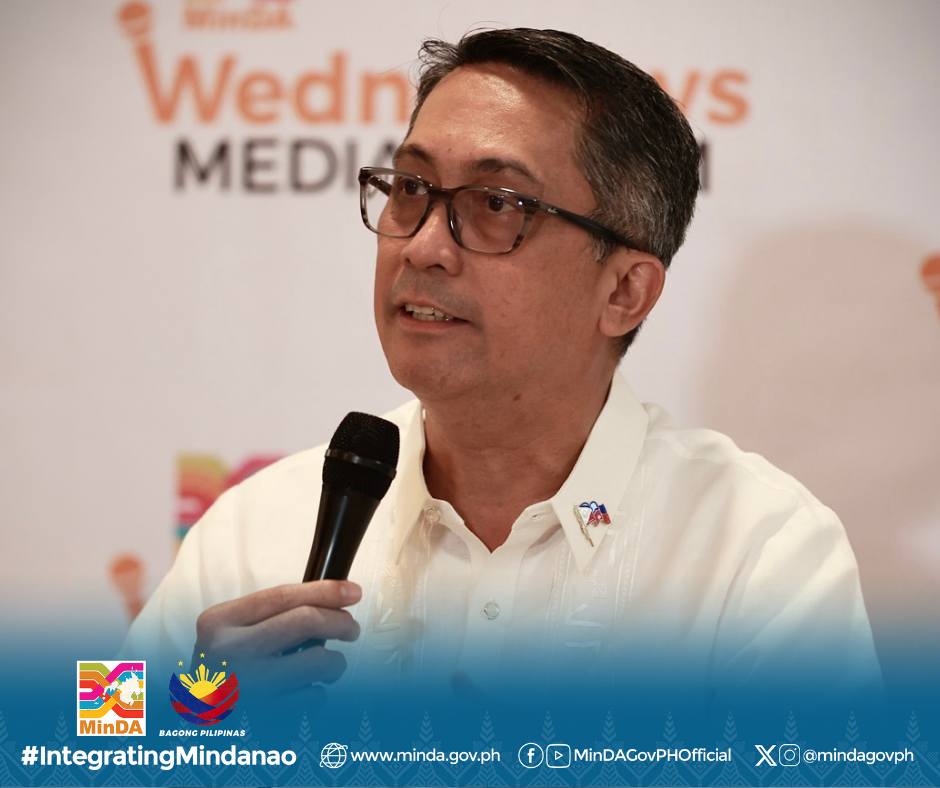MinDA: Gov't eyeing 50-50 energy mix in Mindanao grid by 2030
DAVAO CITY – The government hopes to achieve a 50-50 ratio of renewable and non-renewable energy mix in the Mindanao grid by 2030, Mindanao Development Authority (MinDA) Secretary Leo Tereso Magno said.

MAGNO (FB)
Magno said that the power sector targets to increase the share of renewable energy sources in the island’s current energy mix as the island needs “reliable, reasonably priced, and sustainable power.”
He said that the government acknowledged the need to develop more renewable energy sources to protect the environment and ensure a sustainable future.
“Mindanao is leading the way in this critical mission by advancing the transition to renewable energy sources, including, solar, wind, and hydropower, in relation to protecting water and food, which is crucial to our sustainability,” Magno said.
He said that the country targets to attain 100 percent electrification and diversified energy mix by 2040 under the Mindanao Energy Plan (MEP) 2018-2040.
Based on the power situation outlook of National Grid Corp. of the Philippines as of Monday, July 29, available generating capacity of Mindanao was reported at 3,412 megawatts (MW) while the system peak demand was 2,369 MW.
Dr. Adrian Tamayo, public relations division chief of MinDA, said the current energy mix of Mindanao is 30-70 in favor of fossil.
In 2020, the Department of Energy declared a moratorium on endorsements for greenfield coal power plants, which prohibits new applications for construction of coal-fired power projects.
Renewable energy is one of the priorities under the Mindanao Agenda 2023-2028.
Under Agenda 2 on the “water-energy-food nexus,” the MinDA “hopes to encourage the sustainable handling of the interconnected food, waste, and energy systems in Mindanao by boosting agricultural efficiency, guaranteeing fair access to clean water sources, and promoting renewable energy alternatives.”
“This approach aims to bolster socio-economic progress while safeguarding the environment’s well-being,” it added.
Magno added that the government has established a comprehensive framework for economic development and environmental stewardship based on the pillars of “climate change mitigation, community empowerment, nature-based industry solutions, and sustainable management of food, water, and energy resources pillars.”
In a briefer released by MinDA, the Mindanao Development Forum serves “as a key platform for in-depth discussions, collaboration, and innovation, all aimed at driving sustainable growth and holistic progress in Mindanao.”
“The forum delves into crucial topics such as fostering peace, promoting continuous growth, empowering communities, preserving the environment, and building strategic partnerships. Your coverage will be instrumental in amplifying the dialogues and outcomes of the forum, providing wider visibility and engagement on the critical issues discussed,” it added.